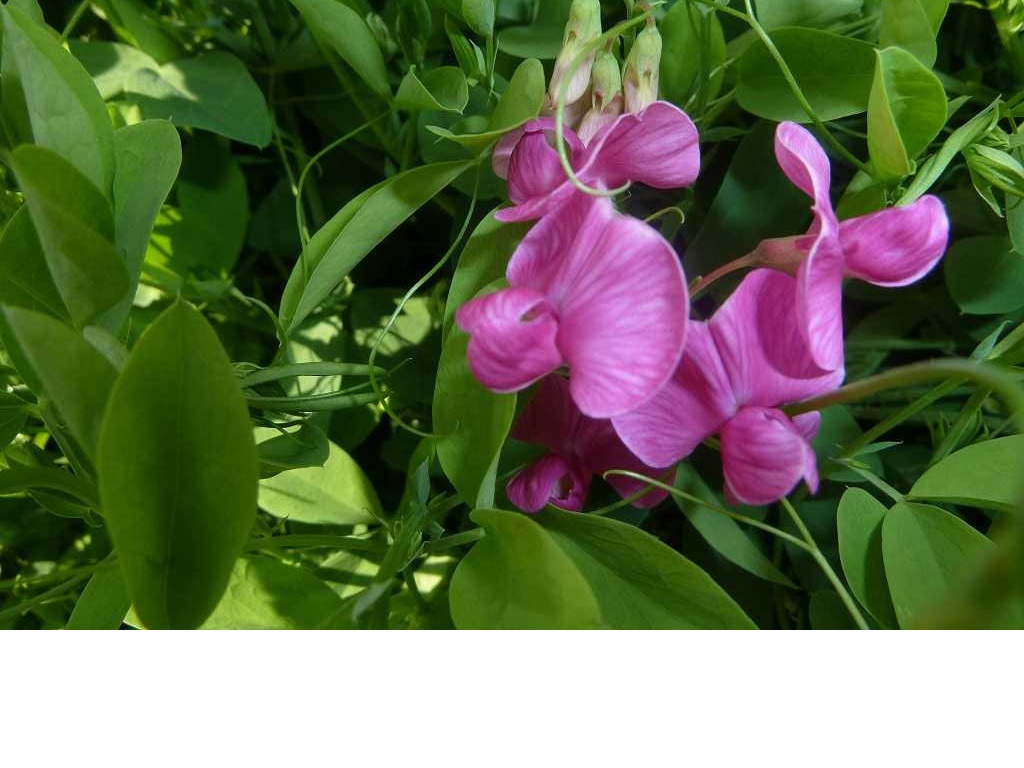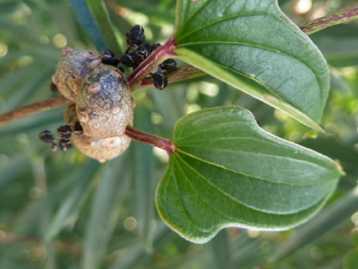Ancient Wisdom
Though purely a subjective observation, the Earth Pea is a constant reminder of a way of being that has mostly been forgotten. Though the worlds and its worries revolve around it, the Earth Pea does not concern itself with the empires of control, rather it sets about its work quietly, which is to grow, ever climbing, learning, and moving in search of more light. It does not appear to sow and reap, nor labor or spin, and yet Nature seems to provide for all of its needs, clothing it in lovely hues of green and violet. And though the Earth Pea competes, using the available space and nutrients that it needs to grow, it cooperates much more, giving back by breaking through hardened and exposed soils, protecting this soil by covering it with its own canopy of colors, and then tops it all off by fixing atmospheric nitrogen back into the soil; thus healing it and restoring it.
"Look deep into nature, and then you will understand everything better."
As a result of bathing in light, the Earth Pea also shows itself to be inherently beautiful, freely sharing this beauty with all who would take notice of it, giving gifts of pollen and delicious tubers that sustain the whole process. And when the winter winds come, it does not appear to fear being cut down, for in searching and finding some of the light, it has ensured a new beginning, a new opportunity to search for even more light.
"If society is produced by our wants, and our government by our wickedness, what then might be produced by their negation"

